Dolphins And Orcas Have Reached The “Point Of No Return” In Evolving Toward Land Living

Dolphins and orcas have evolved into extraordinary ocean predators through millions of years of specialized adaptations.
Their streamlined bodies, echolocation abilities, and social structures make them perfectly suited for life beneath the waves. However, these same remarkable adaptations now place them at a dangerous crossroads as our oceans undergo unprecedented changes due to human activity and climate shifts.
1. Highly Specialized Traits
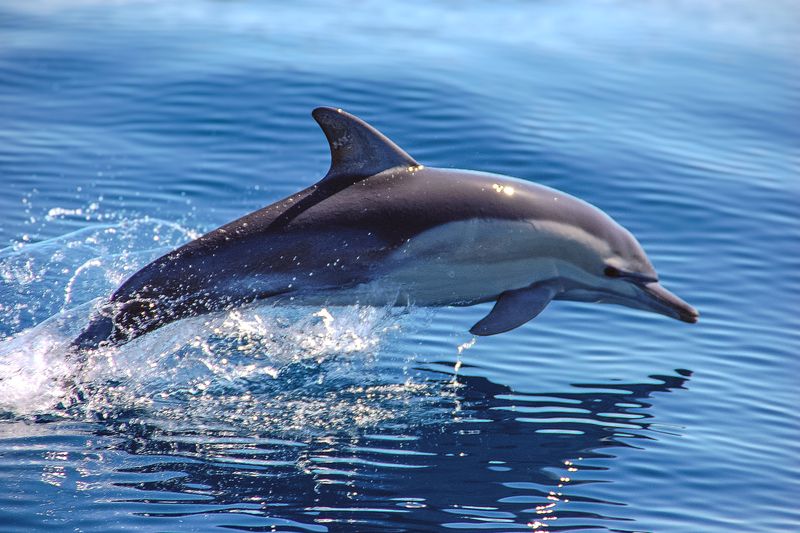
Streamlined bodies slice through water with minimal resistance, while powerful tails provide explosive propulsion. Their echolocation abilities outperform any human-made sonar system, detecting prey from remarkable distances.
These adaptations, perfected over 50 million years, have made them apex predators. However, such specialized evolution comes with a price – they’re now locked into their aquatic lifestyle.
2. The Price Of Specialization

Evolutionary specialization has painted these creatures into a corner. Their bodies, perfectly tuned for ocean life, cannot quickly adapt to rapid environmental changes.
Lungs replaced with blowholes, hind limbs transformed into flukes, and specialized digestive systems all represent irreversible adaptations. This extreme specialization makes dolphins and orcas particularly vulnerable to our rapidly changing oceans.
3. Dolphins And Orcas Can Never Be Land Animals
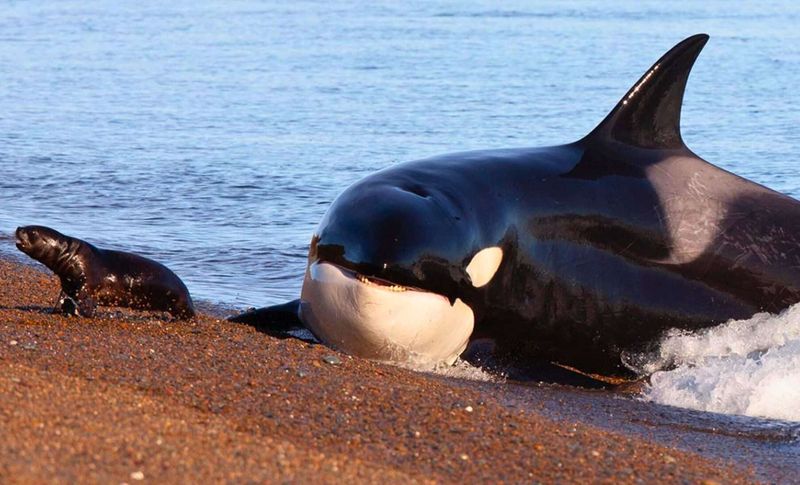
Ancient whale ancestors once roamed terrestrial environments before returning to the sea. That evolutionary door has firmly closed for modern cetaceans.
Their skeletal structure, respiratory system, and reproductive methods are now entirely aquatic-based. Unlike seals or sea lions that maintain some land capabilities, dolphins and orcas have crossed an evolutionary threshold making terrestrial life physiologically impossible.
4. The Impact Of Rising Temperatures On Dolphins And Orcas
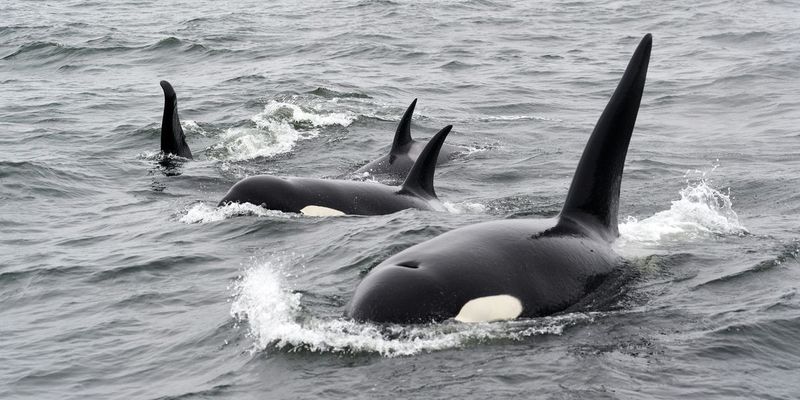
Ocean warming disrupts the delicate thermal balance these mammals require. Their prey relocates to cooler waters, forcing dolphins and orcas to expend more energy hunting in unfamiliar territories.
Warmer waters also promote harmful algal blooms that produce neurotoxins. These toxins accumulate in the food chain, eventually reaching dangerous levels in top predators like dolphins and orcas.
5. Acidification: A Silent Threat To Dolphins, Orcas, And Their Prey
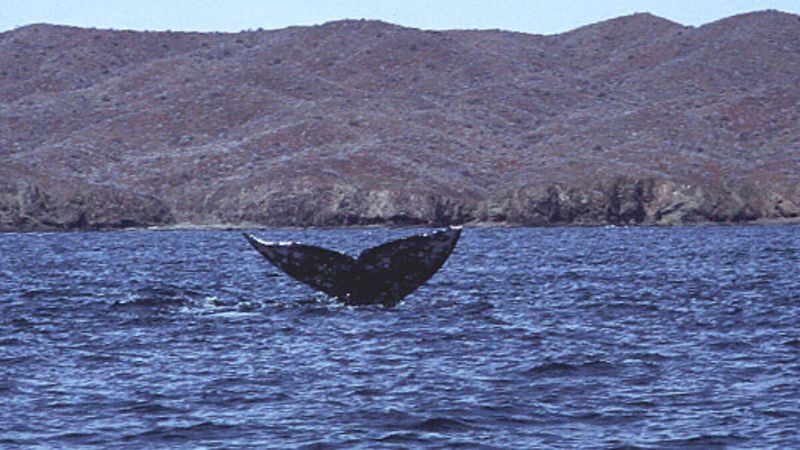
Carbon dioxide absorption is turning our oceans increasingly acidic. This chemical shift devastates the foundation of marine food webs – particularly shell-forming organisms and coral reefs.
As these ecosystems collapse, the ripple effect travels upward. Dolphins and orcas face diminishing food sources as their prey species struggle to survive in increasingly hostile chemical conditions.
6. Declining Prey Populations: How It’s Affecting Top Predators
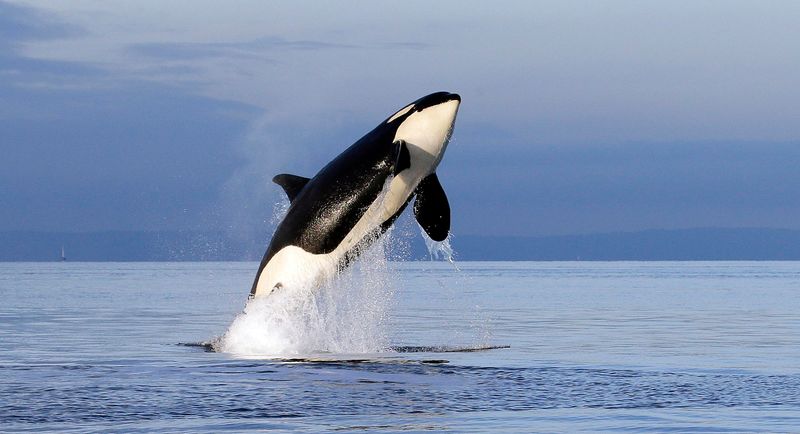
Overfishing has depleted crucial fish stocks worldwide. Competition with human fisheries forces dolphins and orcas to travel farther and dive deeper for increasingly scarce meals.
Some populations show alarming signs of malnutrition and starvation. Southern resident orcas, for example, face extinction largely due to the collapse of their primary food source – Chinook salmon.
7. A Changing Ocean

Marine sanctuaries once provided safe havens for these intelligent mammals. Now, these waters transform into unfamiliar territories filled with new challenges.
Shifting currents alter traditional migration routes. Changing water chemistry disrupts their sensory capabilities. For creatures whose entire existence depends on oceanic stability, these rapid changes represent an existential threat they simply cannot escape.
8. Why Dolphins And Orcas Can’t Quickly Adapt
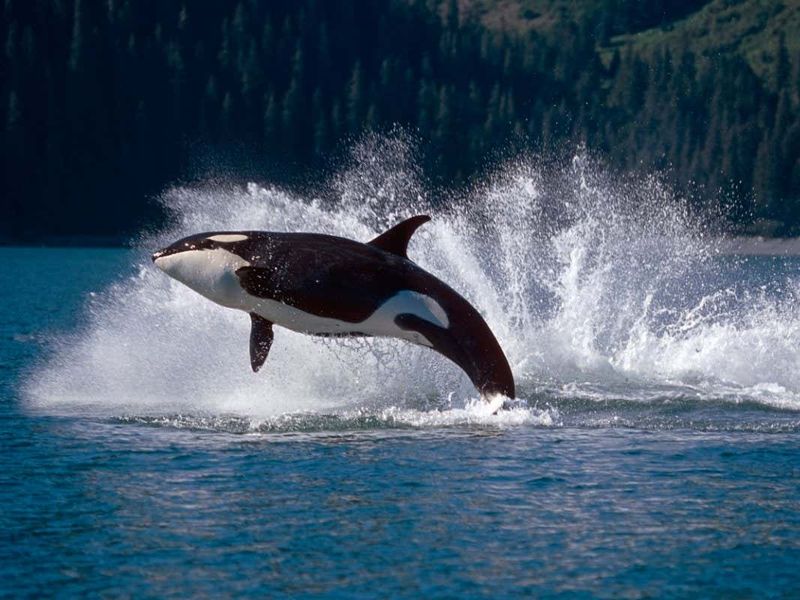
Evolutionary adaptation requires generations to develop meaningful changes. With long gestation periods and typically single births, dolphin and orca populations simply cannot evolve fast enough.
A bottlenose dolphin might live 40-60 years and produce just 4-5 calves in her lifetime. This slow reproductive rate, combined with their highly specialized physiology, creates an adaptation deficit in the face of rapid environmental change.
9. Increased Pollution: A Growing Danger For Fully Aquatic Mammals
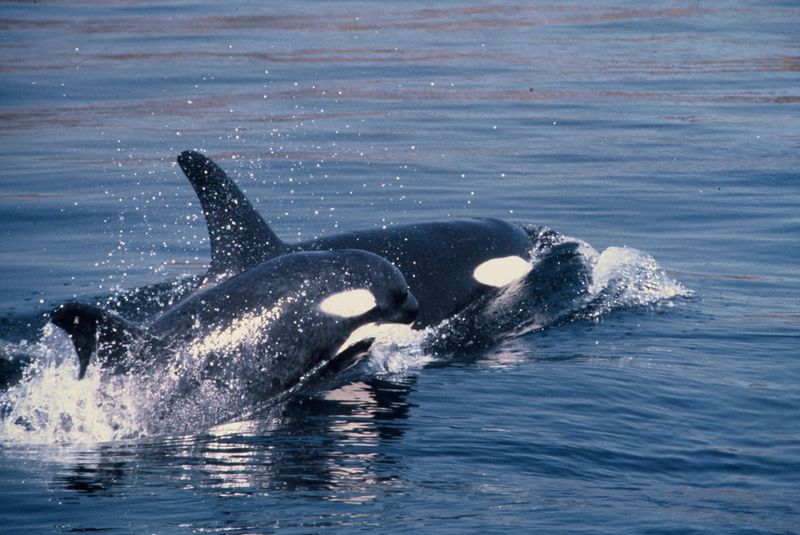
Chemical runoff from agriculture and industry saturates coastal waters with toxins. These pollutants accumulate in dolphin and orca blubber, compromising immune function and reproductive health.
Plastic pollution presents another deadly challenge. Mistaken for prey or accidentally ingested, plastic debris causes intestinal blockages and starvation. As apex predators with nowhere else to go, they face the full brunt of humanity’s waste.
10. How Dolphins And Orcas Are Struggling To Cope
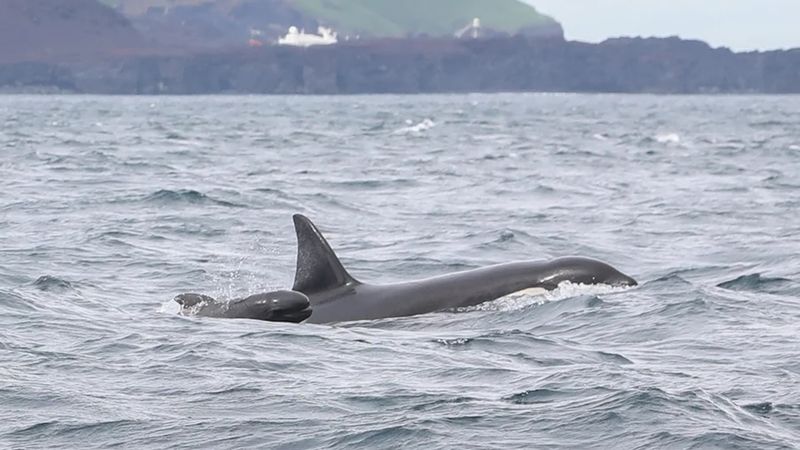
Some populations show behavioral adaptations to changing conditions. Coastal dolphins alter hunting techniques to target non-traditional prey species when preferred food sources dwindle.
Yet these behavioral shifts represent desperate measures, not sustainable solutions. Physical limitations prevent truly meaningful adaptations, leaving these magnificent creatures racing against an environmental clock they cannot possibly outpace.
11. Conservation Efforts
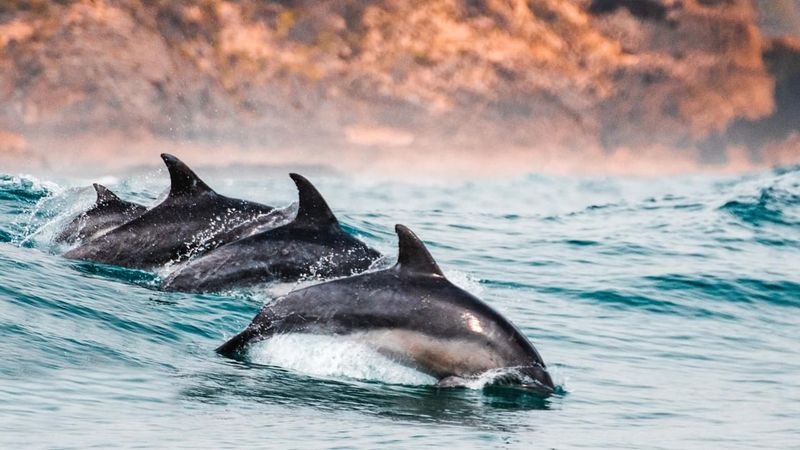
Marine protected areas offer critical safe zones where dolphins and orcas can feed and reproduce without human interference. Stricter fishing regulations help preserve vital prey populations essential for their survival.
Cutting-edge research tracks population health and movement patterns. Yet conservation success ultimately depends on addressing the root causes – climate change, pollution, and habitat destruction – before these magnificent creatures pass their own point of no return.
12. What Lies Ahead For Dolphins And Orcas?
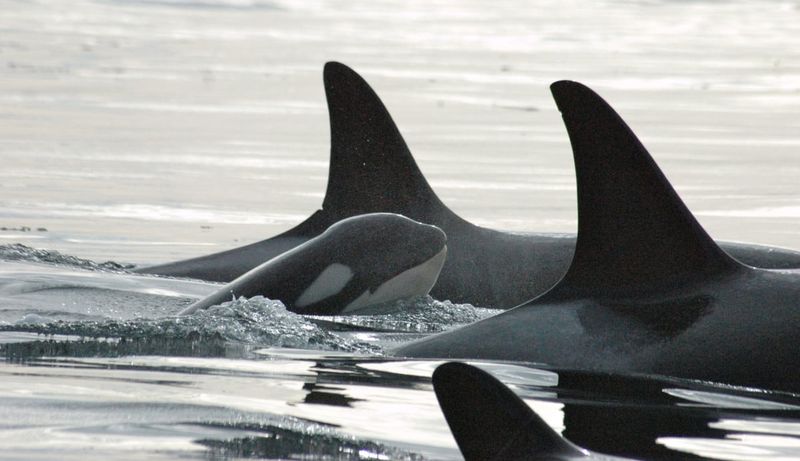
Some adaptable populations may survive in altered marine ecosystems. Bottlenose dolphins, with their varied diet and coastal flexibility, show greater resilience than highly specialized species.
Orcas face a more uncertain future, particularly fish-eating populations dependent on specific prey. Without dramatic human intervention to stabilize marine environments, we may witness the gradual disappearance of these magnificent ocean ambassadors within our lifetimes.






